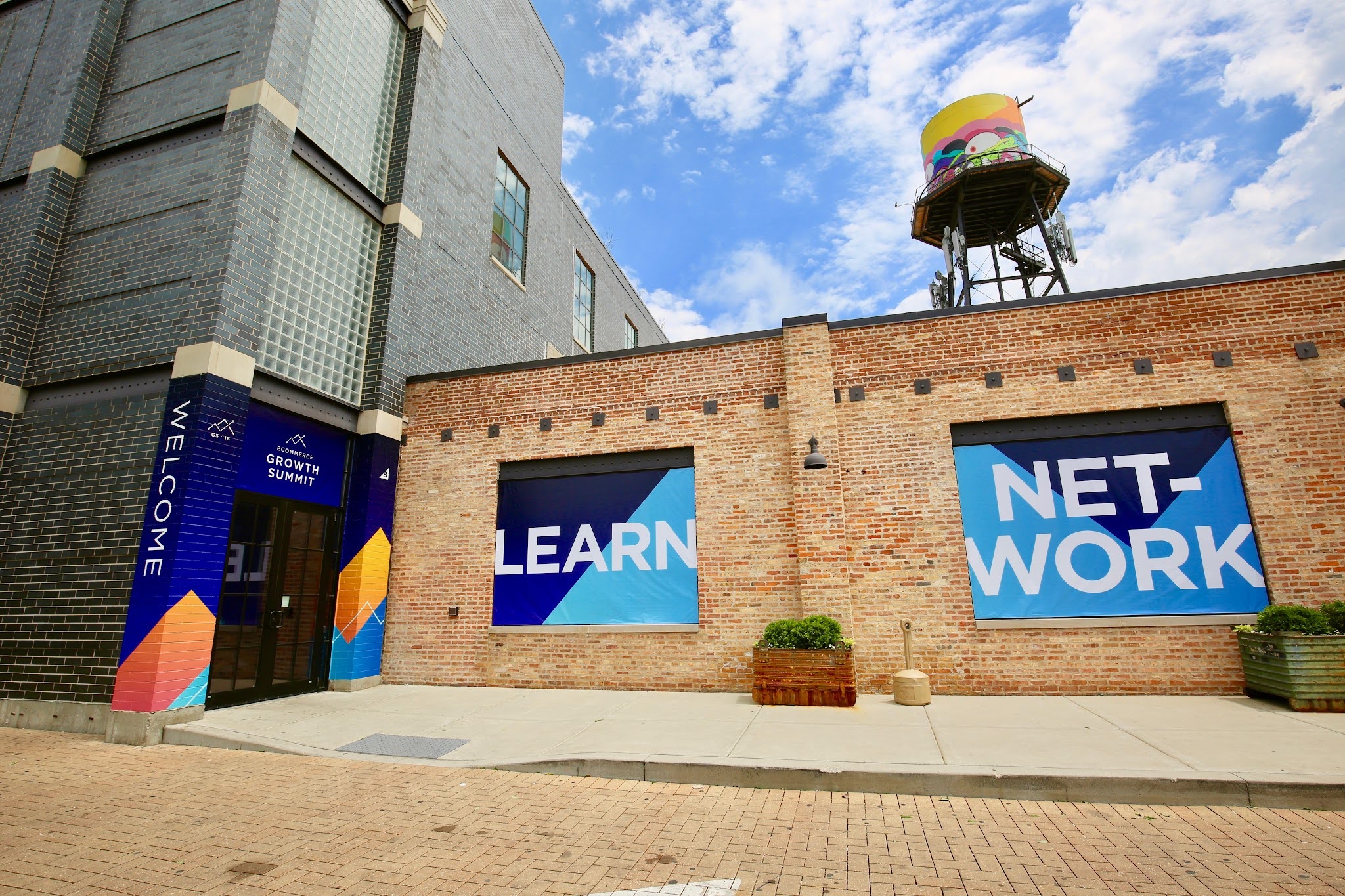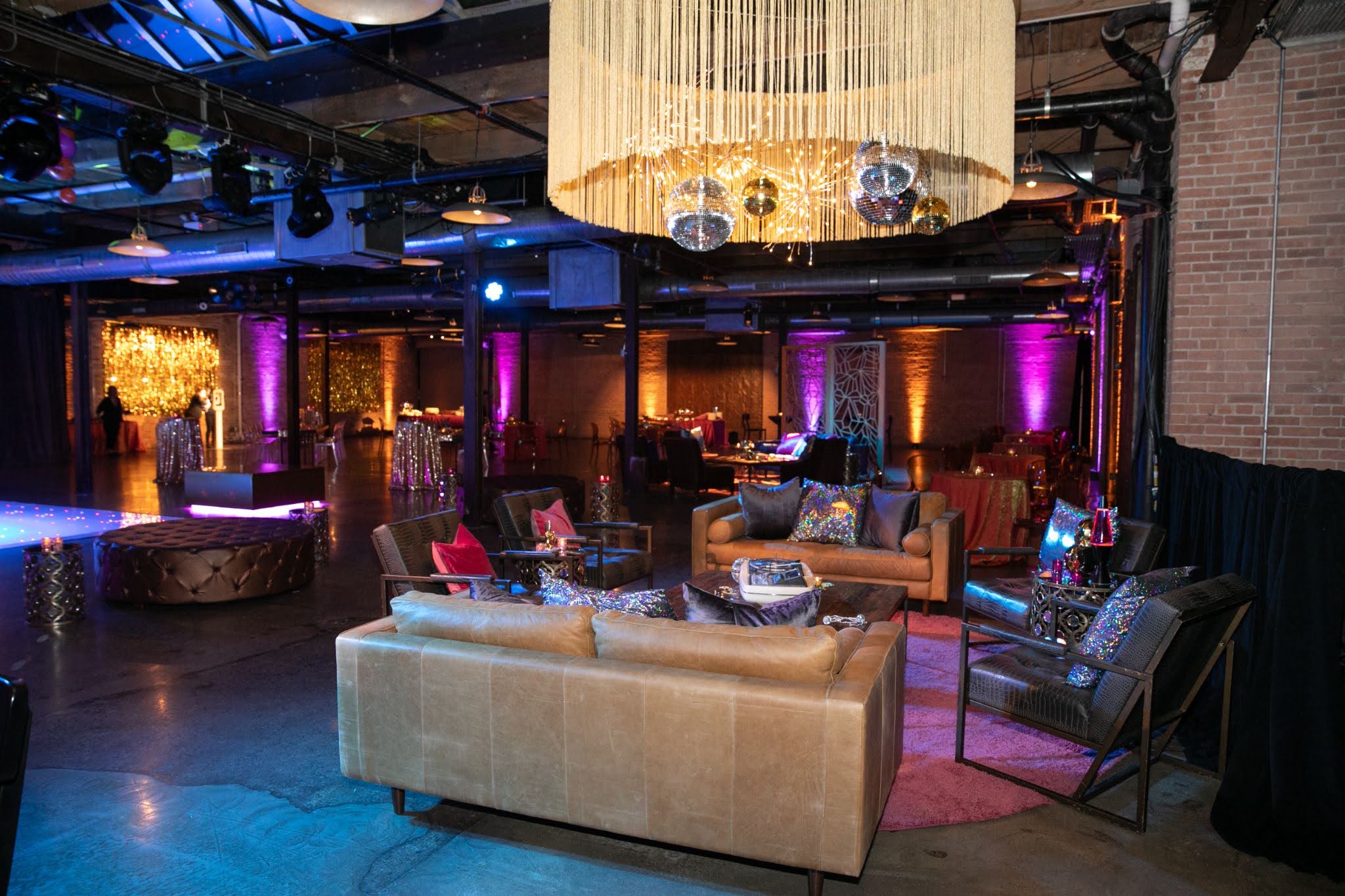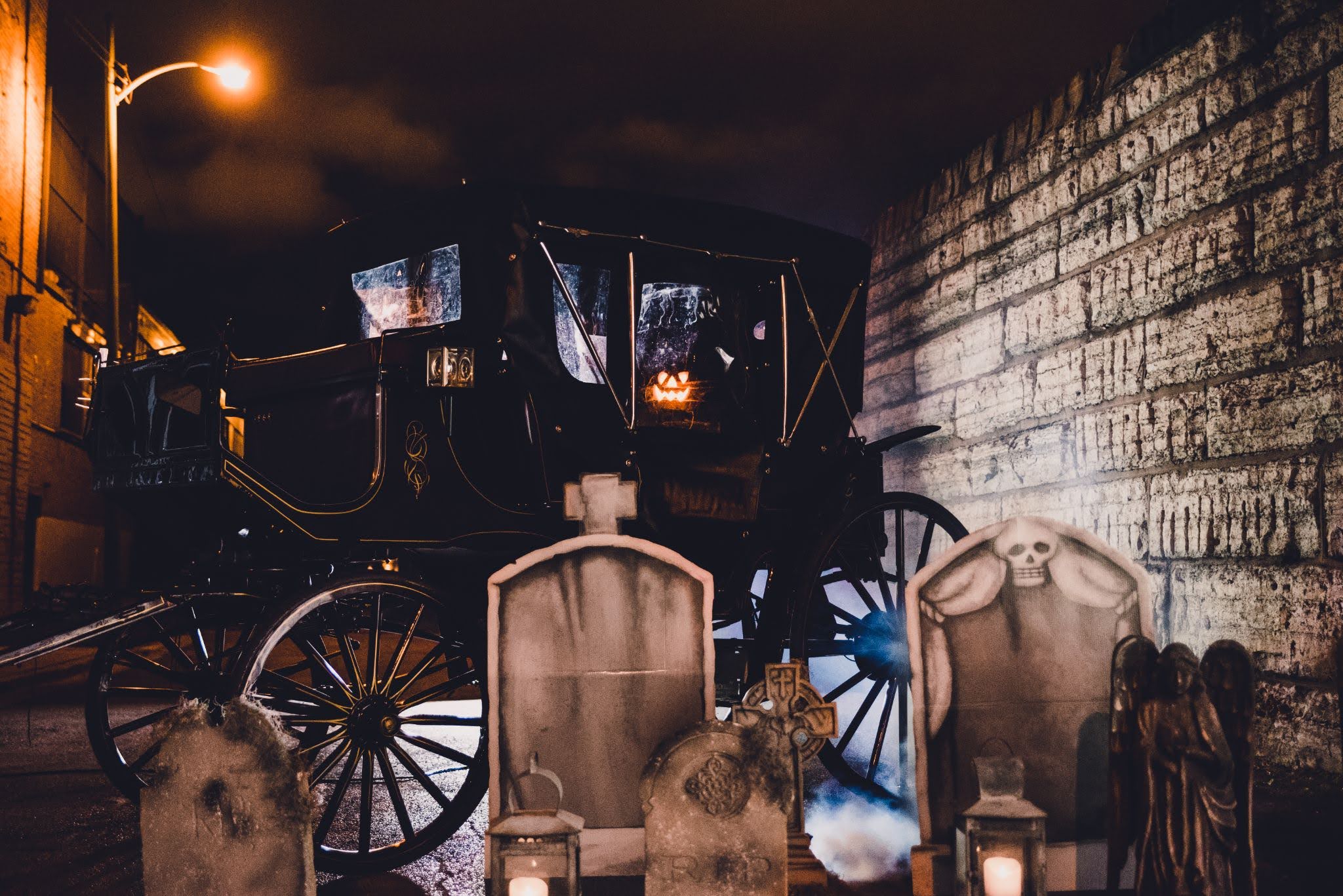What are the keys to success for a quick-change artist? Is it the strategy—moving from one to the next without a moment’s hesitation? Is it the conviction and detail applied from one to the next, clearly defining that a transition has occurred? Spend time in our offices during October, and you’ll see this process in action, albeit figuratively.
Now that Halloween is here, most people have thought about what costume they want to wear this year. What character they want to pretend to be for one night of fun…will it be the scary one or the overly flirty one? Essentially, we seek to create the magical fantasy world we’ve shaped in our dreams by dressing ourselves fit that illusion. We plan all of the details of our costumes to ensure our guise is apparent, and we are not misunderstood. Or, at least we should. It’s the nuances that keep Barney from being mistaken for the purple teletubby (Tinky Winky); the details will help you distinguish the Vampire from the Trampire.
This season, if you were to ask what I am going to be for this year, it is likely you will hear that my fantasy worlds have me simultaneously dressed as an environmental conservationist, a prohibition performer, a beat-boxing paleontologist, a tech genius, a deranged barber, and a contemporary artist. Essentially I will be a quick-change artist. Fortunately, each party falls on a different night through the end of the year.
In this line of work, we are mentally flipping between concepts, creative design, and the details and logistics of making it happen on a regular basis. At the same time, we have to communicate clearly to the teams of people that help fulfill our vision, making certain there is one clear storyline when it all comes to fruition in the end. In reality, our brains are the quick-change artists. How do we keep it all straight?
Here are a few ways I keep things in line:
Copious Notes: I may have achieved high scores on my ACT’s and graduated near the top of my class, but I know one thing for certain—my brain is not going to be able to keep all the details of every event stored neatly, ready to be recalled at any given moment. The details of an event are ever-changing. It is key to keep track of the changes and stay on top of what is current. Find a system of note taking and recordkeeping that will allow you to quickly look back and immediately retrieve the correct answer.
Meet for Next Steps: Many meetings occur to “touch-base” during the planning process. Whenever I go into a meeting, I know we will be coming out of that meeting with answers and direction. How do we keep a record of those discussions, and how will they be communicated to the people who need to know? From the beginning of a project, I maintain key documents that will ultimately become the platform of execution (e.g., Production Schedule, Event Spec’s Guide, etc.). Each meeting results in my finalizing those details and entering them into these documents for a comprehensive look at all of the decisions that have been made to get us to the final product.
Time Management: This is essential—flipping between creativity and logistics, internal and external meetings, simply finding time to put pen to paper (or fingers to keys) and getting the work done often seems impossible. You must know your time constraints, carve out time to transition from one to the other, find time to sift through all the new information and fully understand it, and then move on to the next thing. The worst scenario is to overpromise and underdeliver. If you know you are more creative in the morning and logistically minded in the afternoon, be sure to block time in your calendar accordingly so that you (or others) don’t overschedule your day, depleting your ability to get it all done.
Know the Truths: This may be the most important key. As mentioned before, in planning an event, there are many details that change along the way. It is paramount for a member of the team to hold onto the truths. The truths are all of the knowns, the reals, the things that are current and likely to be what they are when it comes to event day (capacity of venue, traffic patterns of the space, you will likely need a PA System and a screen or two, people will need to eat, drink and use the restroom, etc…). The planning is all about manipulating those truths to your event’s needs. It is very easy to get bogged down in “this is what originally was planned” or “this is the 23rd change of inventory,” or “they originally said that X is the most important thing, but they just seem to be focused on Y.” Don’t let all of the baggage, emotion, or drama of the process cloud the foundation of the truth. Know what is solid, help guide decisions towards more conditional truths, and allow all of the old information to wash away as you steadily march forward toward the event.
Whether you too are planning to be a quick-change artist this Halloween, or simply beginning to plan your holiday travel and parties, hopefully some of these tips will help you keep clarity and focus and the momentum moving forward. Now, back to creating this figurative multi-layered costume of mine… ironically, I don’t have an actual costume planned for this weekend. Perhaps a Cubs hat and a hoodie will suffice for this year! #gocubsgo and Happy Halloween!





